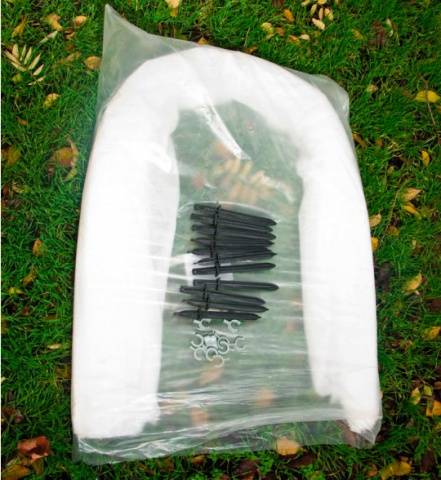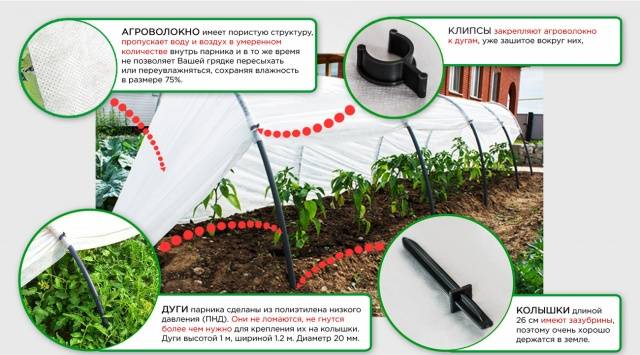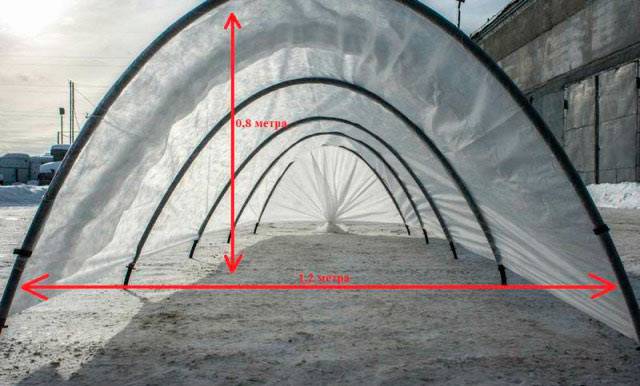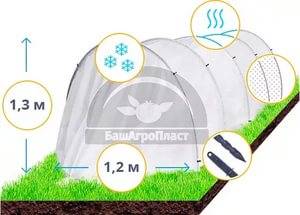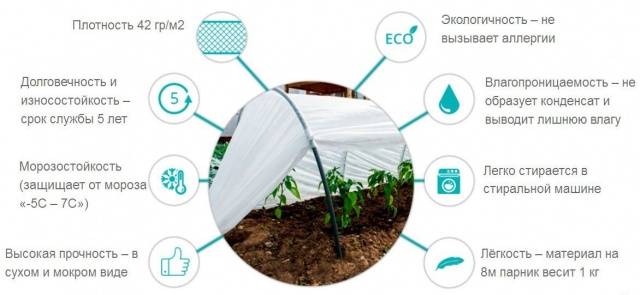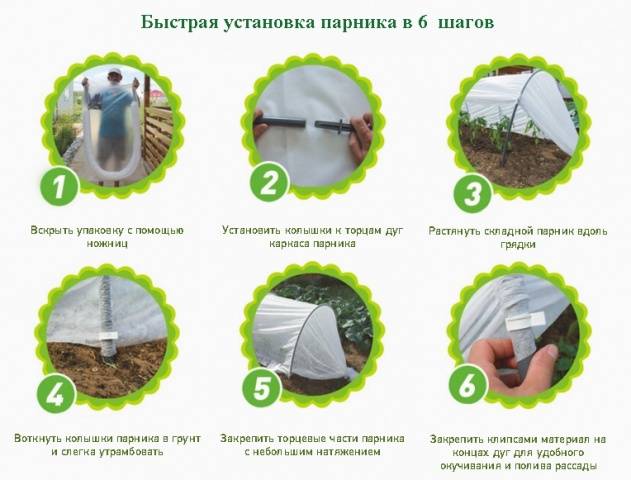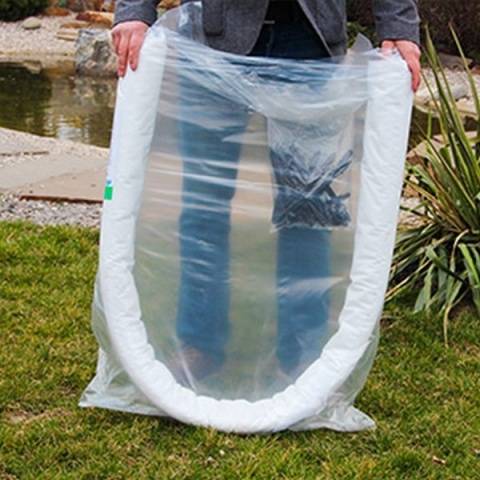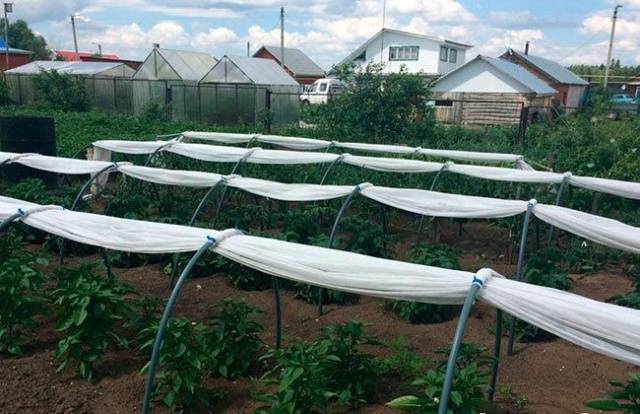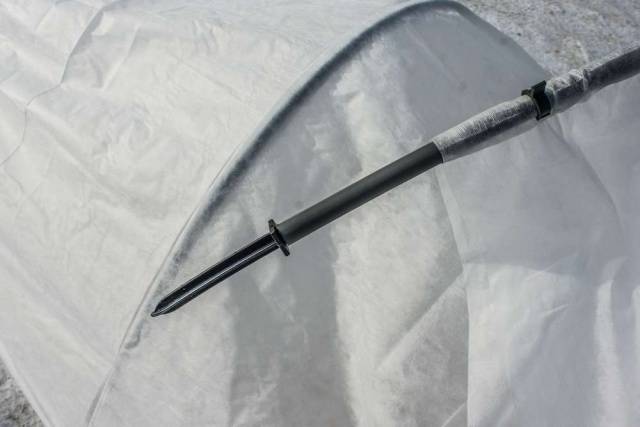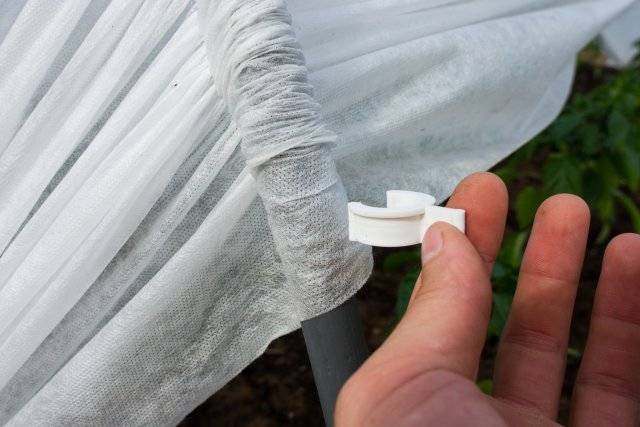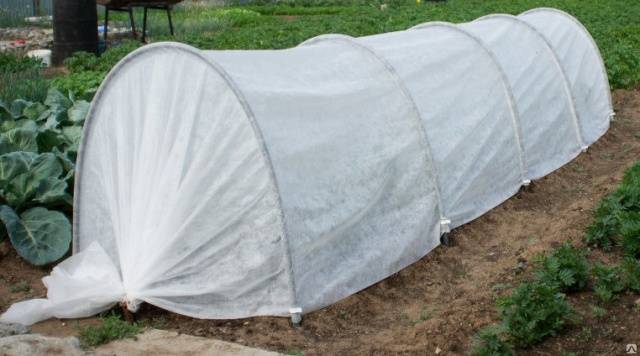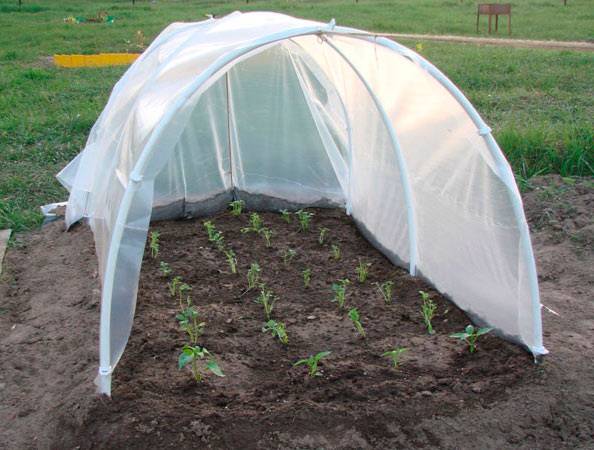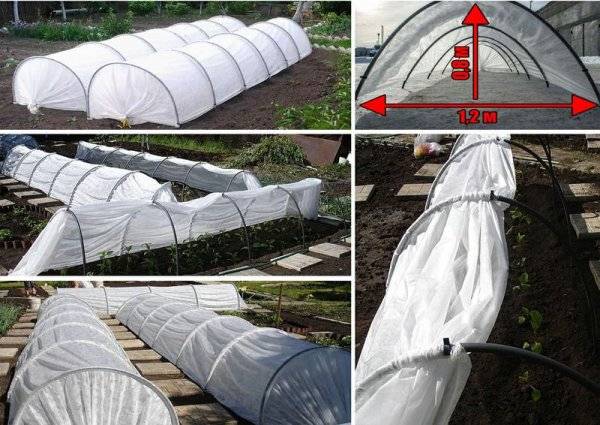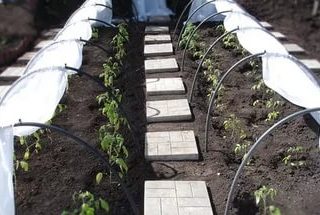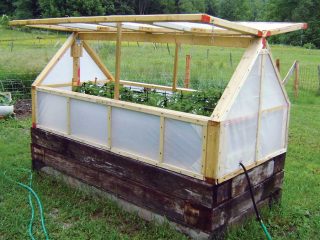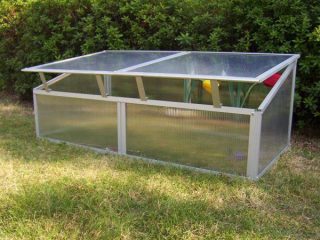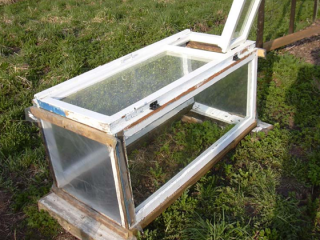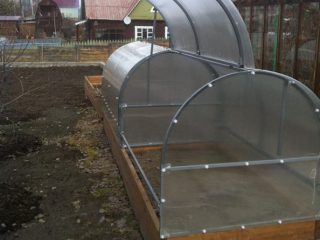Content
Not every suburban area can accommodate a greenhouse. Because of this, greenhouses have become very popular. They are made independently from scrap materials or bought in a store for factory-made models. In terms of functionality, a greenhouse is the same as a greenhouse, only the shelter is not suitable for winter growing of vegetables due to the impossibility of organizing heating. Among many models, the factory-made Snowdrop greenhouse has gained wide popularity. The design is so simple that any vegetable grower can easily assemble it.
Features of the greenhouse design and factory equipment
Neftekamsk company BashAgroPlast produces Snowdrop greenhouses from plastic arcs sewn into the covering fabric. The product is characterized by light weight, compact size, and easy assembly.
The arcs are made of plastic HDPE pipes. Hence the light weight of the finished product. A special feature of the Snowdrop design is the arcs sewn into the covering fabric at the factory. The purchased greenhouse is completely ready for use; you just need to unpack it and stretch it over the garden bed.The snowdrop is equipped with plastic stakes 26 cm long. They are inserted into the end of each pipe, after which the arcs are stuck into the ground. To install the Snowdrop, you will not need to make a base, but a large supply covering the canvas at the ends allows you to organize strengthening stretch marks for the greenhouse.
The factory greenhouse Snowdrop goes on sale in the following configuration:
- A set of plastic arches is made from HDPE pipes with a diameter of 20 mm. The arches are a good support for the covering material and do not corrode. The number of arcs depends on the length of the greenhouse.
- Convenient installation of arcs in the ground is ensured by plastic stakes 26 cm long. The kit always includes one spare pin. Let's say a Snowdrop 6 m long has 7 arcs and is equipped with 15 stakes.
- Used as a covering fabric non-woven material spunbond Its feature is a longer service life, unlike polyethylene. The porous structure of spunbond allows moisture, air and sunlight to pass through it. At the same time, non-woven material protects plants from temperature changes. Pockets are sewn across the fragment of the covering fabric, the width is slightly larger than the diameter of the pipe. The arcs are placed in pockets, which allows you to firmly hold the spunbond on the greenhouse frame.
- The Snowdrop kit comes with plastic clips. Peculiar latches are designed to fix the covering sheet on plastic arches.
After removing the Snowdrop from the packaging, the vegetable grower receives an assembled greenhouse, the arcs of which simply need to be stuck into the ground.
Dimensions and cost of factory-made greenhouses
Snowdrop comes for sale in standard lengths of 3,4,6 and 8 m. The width, always fixed, is 1.2 m. As for the height, traditional products are limited to 0.8 m. However, there is a model of the Snowdrop plus greenhouse, which has the height of the arcs reaches 1.3 m.
The weight of each model depends on the dimensions, but the difference is small. Thanks to the use of lightweight materials, the weight of the finished product varies from 2.5 to 3.5 kg. The optimal density of spunbond has been determined for a greenhouse - 42 g/m2. Snowdrop greenhouses can also be produced by other manufacturers, which affects the cost of the finished product. Most often, the price ranges from 1000–1800 rubles.
Characteristics of the model Snowdrop plus
As an improved modification of the main product, the manufacturer offers the Snowdrop Plus greenhouse, which differs in its dimensions. The model is characterized by an increased arc height of up to 1.3 m. This does not greatly affect the ease of caring for plants. After all, it is still impossible to enter a greenhouse with such a height. The advantage of the model is the ability to grow tall plants. Snowdrop plus can be used for some varieties of semi-determinate tomatoes and climbing cucumbers.
The product contents remain unchanged. The difference is the higher arc height and elongated stakes. As the dimensions of the greenhouse increase, the windage increases proportionally.For strong fixation to the ground, elongated stakes are needed. The weight and compactness of the shelter when assembled remain almost at the same level as that of the standard Snowdrop.
The video shows Snowdrop Plus:
Advantages of covering material for Snowdrops
Polyethylene film for covering greenhouses is gradually becoming a thing of the past due to its fragility. Usually it is enough for one season. The manufacturer decided to cover the Snowdrop greenhouse with non-woven material - spunbond.
The advantages of spunbond over film are obvious:
- Porous fabric allows the sun's rays to pass through well. However, at the same time it creates shading that protects plant leaves from burns.
- When it rains, spunbond allows water to pass through itself. Plants are watered free of charge with rainwater, plus liquid does not accumulate on the surface. In the case of film, the formation of puddles is accompanied by large sagging. In addition to the fact that polyethylene can burst, a collapsed large volume of water will break the delicate stems of plants.
- Spunbond is not afraid of UV rays, temperature changes and severe frosts. The resulting hole can be easily patched, which is impossible to do with film.
With careful use and careful storage, spunbond will last at least three seasons.
Installation of a factory-made snowdrop
So, the time has come to consider the procedure for installing a factory-made Snowdrop greenhouse. There is nothing complicated about this, let’s get started:
- The greenhouse is sold in packaging. Most often it is a plastic bag. Before installation, the structure is removed from the packaging, stretched along the entire length of the bed and the folds on the canvas are allowed to align.
- On the broken beds, all that remains is to install the structure, but if they do not exist yet, you need to choose the optimal location. It is better to place the beds in an unshaded area of the yard, slightly blown by winds. If the size of the plot allows you to choose the optimal location, then it is better to place the greenhouse from south to north. From this, the sun's rays will evenly heat the plants from morning to evening.
- Having decided on the location of the beds, we begin assembling the frame. In principle, Snowdrops are sold already assembled; you just need to insert pegs into the ends of the pipes. Starting from the outermost arc in the garden bed, they are stuck into the ground with stakes. The distance between the arches is determined by the covering material stretched over each section. It cannot be reduced or enlarged.
- After installing all the arches, covering material is spread over the skeleton. It should be slightly stretched without any sagging or folds. The spunbond is fixed on the arches with plastic clips. In the future, they will provide the convenience of opening the sides of the greenhouse for caring for plants.
- In this photo, the Snowdrop greenhouse is shown with the edges of the covering fabric tied at the ends. This is the final installation. The spunbond at the ends of the greenhouse is tied to stakes or tied in a knot and pressed down with a weight.
For further arrangement of the greenhouse, you can use several tips. For example, it is better to press the end edges of the spunbond, tied in a knot, to the ground at an angle.This will provide additional tension to the covering material over the entire frame. On one side of the structure, the spunbond is pressed to the ground with a weight, and on the other side, the canvas will only be held on by clips. From here the plants will be cared for.
The video shows Snowdrop:
Making your own Snowdrop greenhouse
There is nothing easier than making a snowdrop greenhouse with your own hands from materials available on the farm. Any plastic pipe removed from an old water supply and non-woven fabric will be suitable for the job.
The manufacturing process is simple:
- To keep the bed warm, a depression of about 50 cm is dug in its place. Compost, leaves, and fine grass are poured into the hole, and the top is covered with fertile soil.
- The plastic pipe is cut into pieces and arcs are bent. Instead of stakes, use pieces of reinforcement. The arcs are stuck into the ground in increments of 60–70 cm.
- The covering material can simply be laid out over the greenhouse frame, secured to the pipes with purchased clips. If you have a sewing machine at home, you can sew pockets for arcs on strip fabric. Such a greenhouse will look like a factory model.
The canvas is pressed to the ground with any weight or tied to driven stakes. At this point, the homemade Snowdrop is ready.
Reviews
Users leave very different reviews about the Snowdrop greenhouse. Let's get to know some of them.
